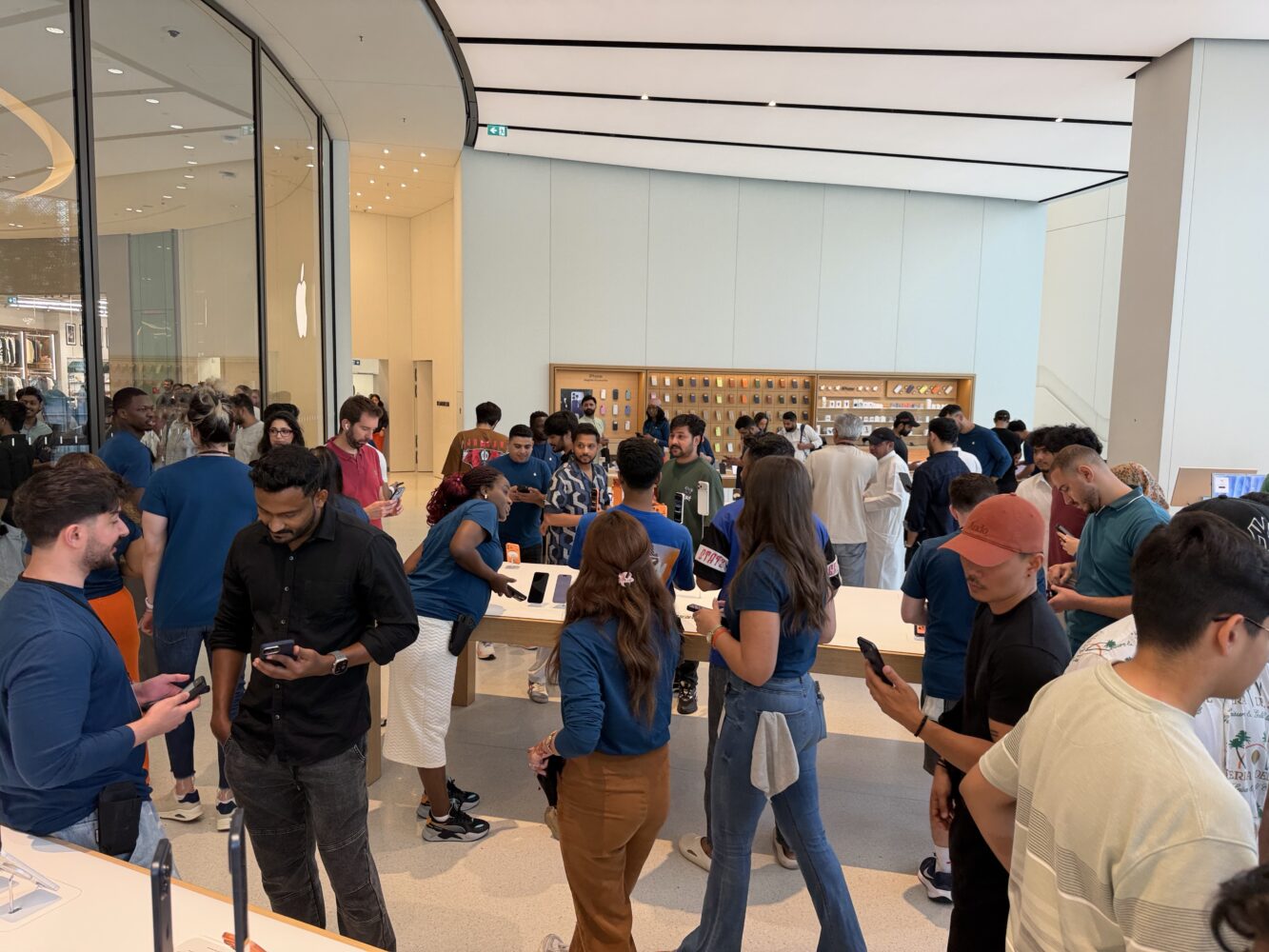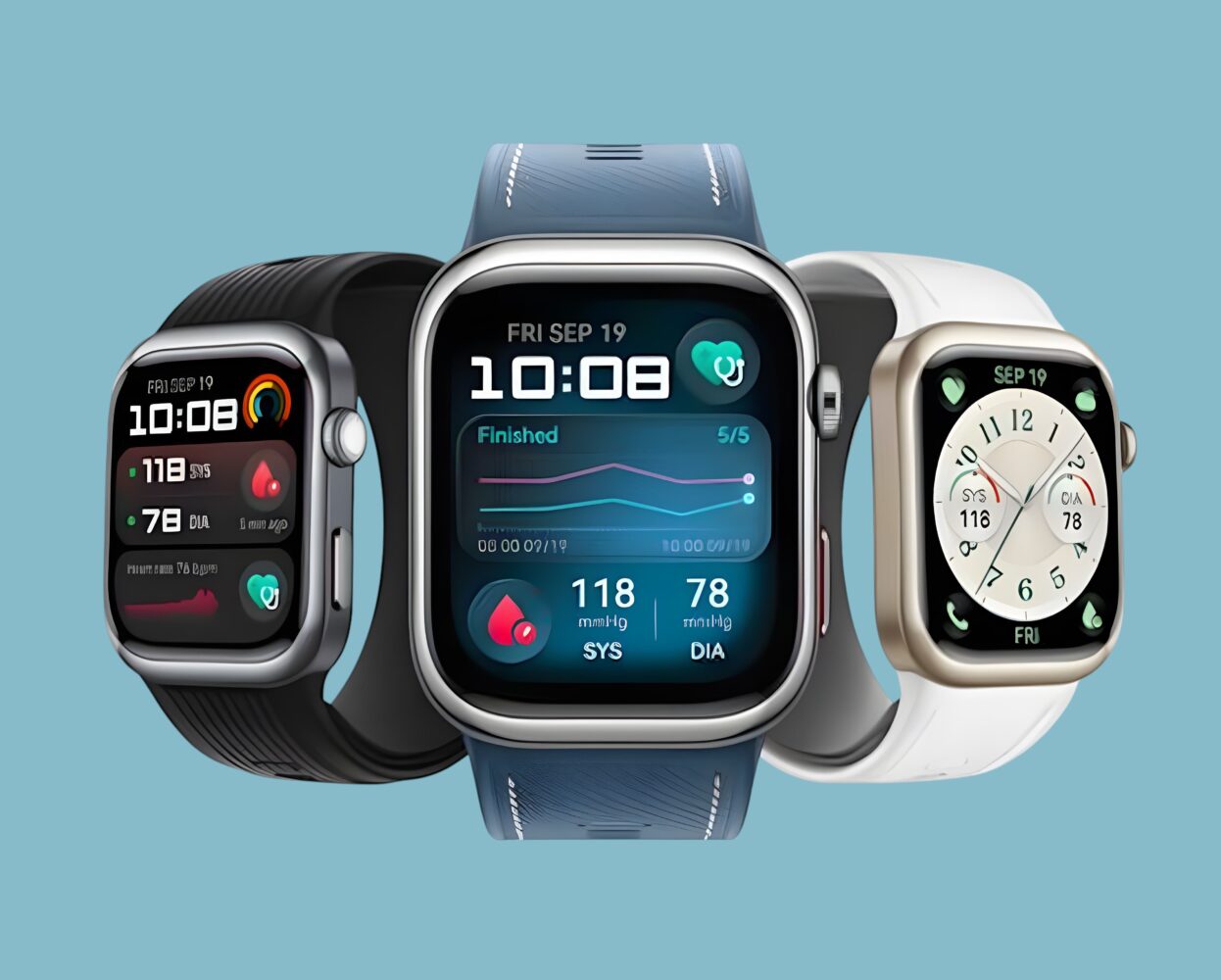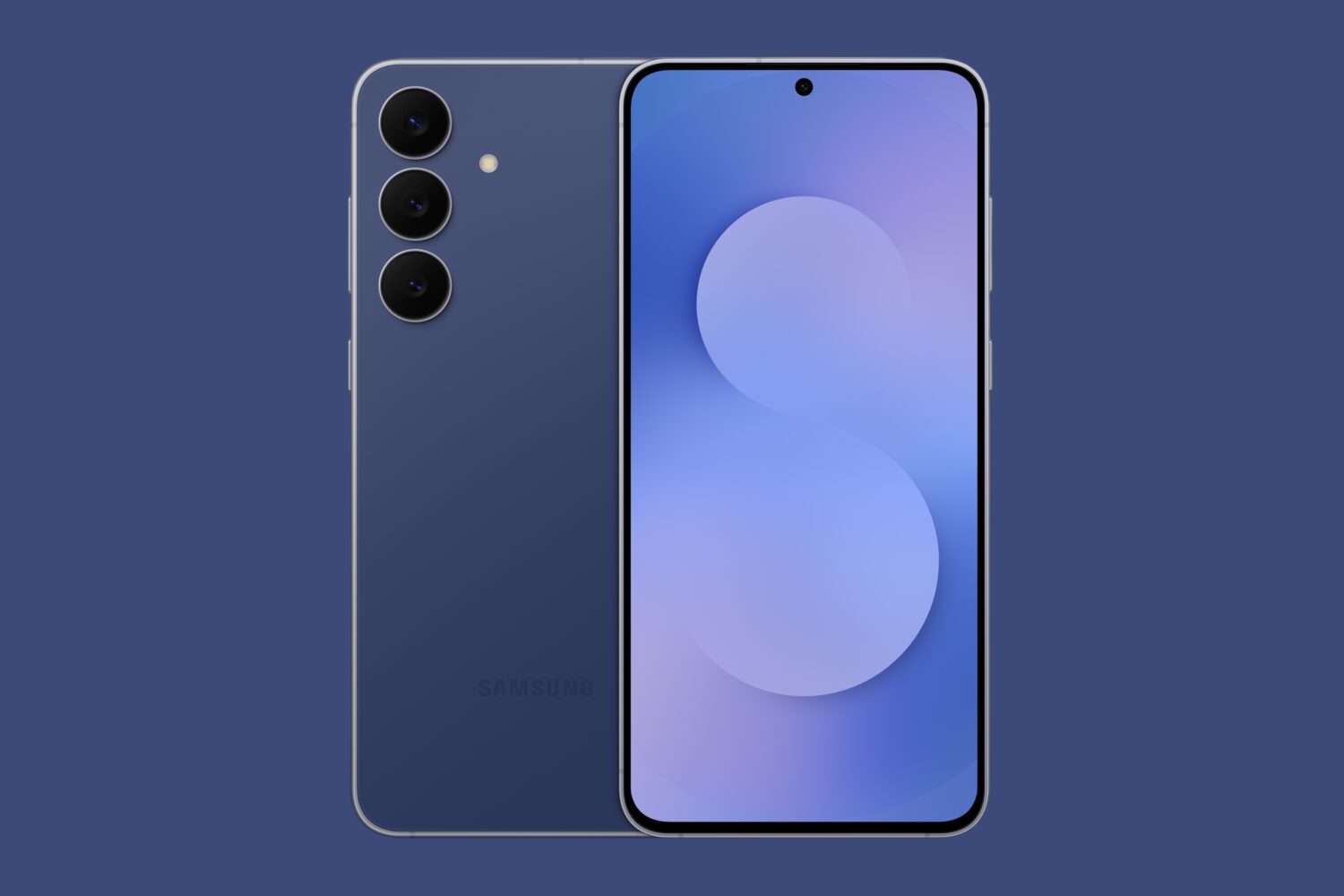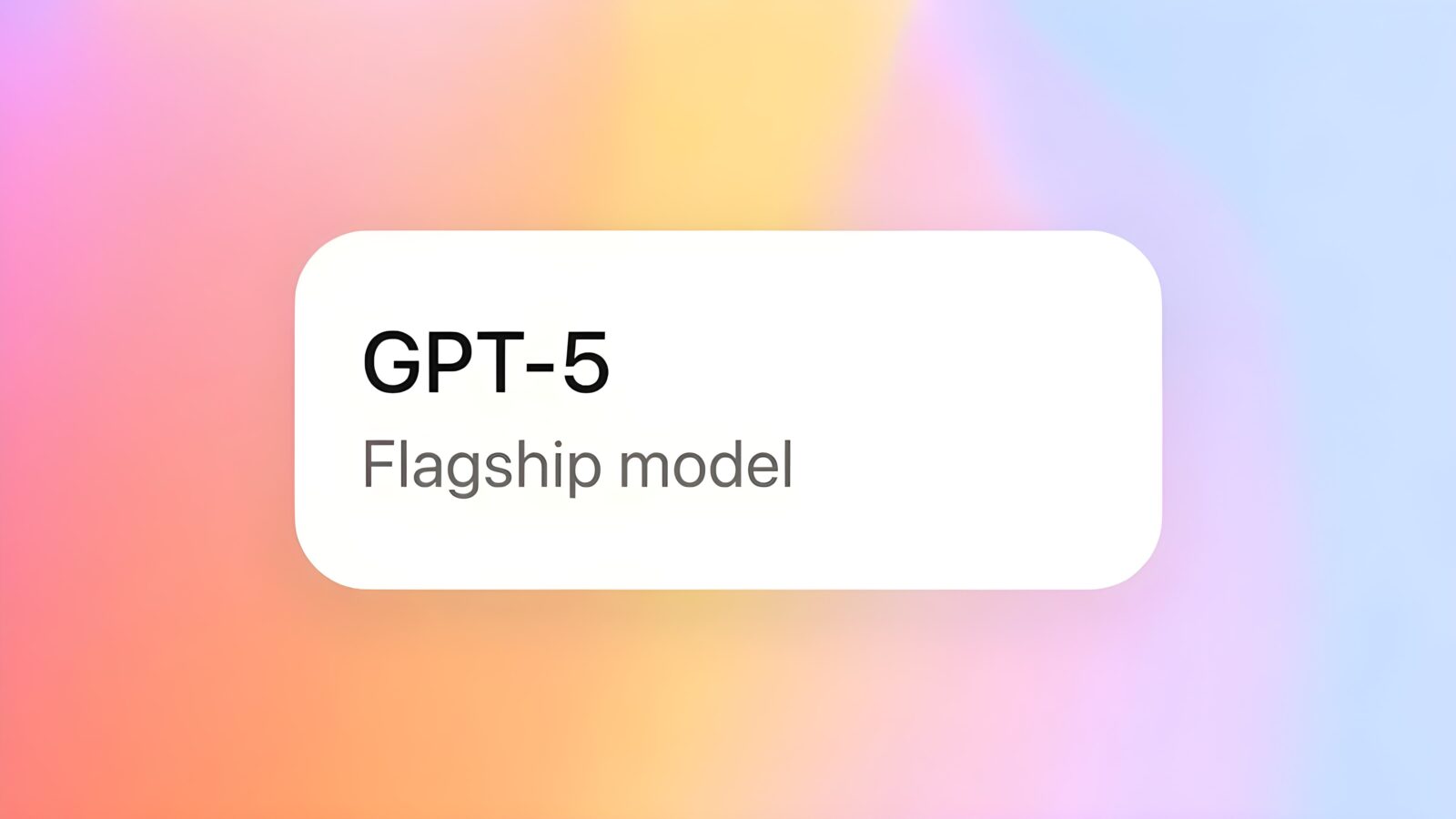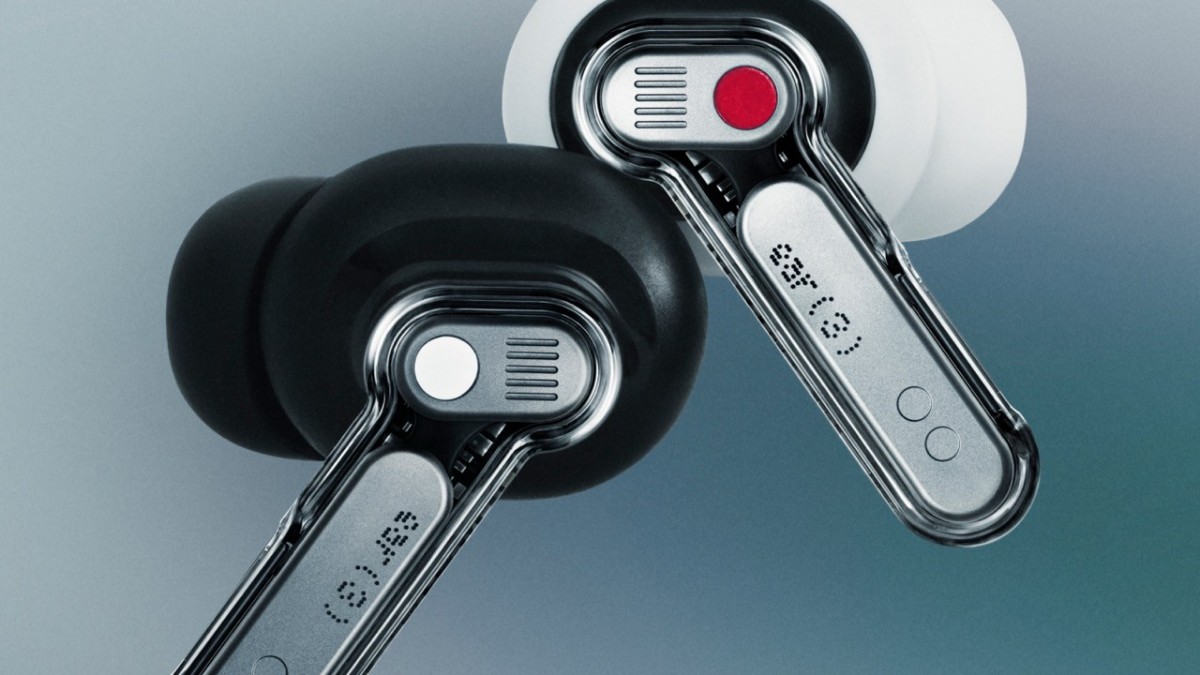Meta’s annual Connect keynote returned this week with a mix of hardware and software updates across wearables, VR, and AI. While the spotlight was on the debut of the long-rumored display-equipped Ray-Ban glasses, the company used the event to outline a broader vision for where it wants its products to sit in everyday life and entertainment.
The biggest reveal was the Meta Ray-Ban Display, smart glasses featuring a full-color screen embedded in the right lens. The display can surface texts, captions, walking directions, video calls, and previews from the built-in 12-megapixel camera. A companion wristband handles input, letting users scroll, click, and even write through gesture controls. Battery life is rated for six hours of mixed use, extended to 30 hours with the bundled charging case. The glasses arrive September 30 in the U.S. for $799, sold through Best Buy, LensCrafters, and Ray-Ban stores.

Meta also introduced the second generation of its Ray-Ban Meta line, a $379 pair of smart glasses with significantly better endurance. Battery life now stretches to eight hours, nearly double the original version, while video recording has been upgraded to 3K at 60 frames per second. A redesigned charging case holds up to 48 hours of extra power. Both these glasses and Oakley’s Meta HSTN frames will gain a new “conversation focus” mode, which sharpens voices in noisy settings.
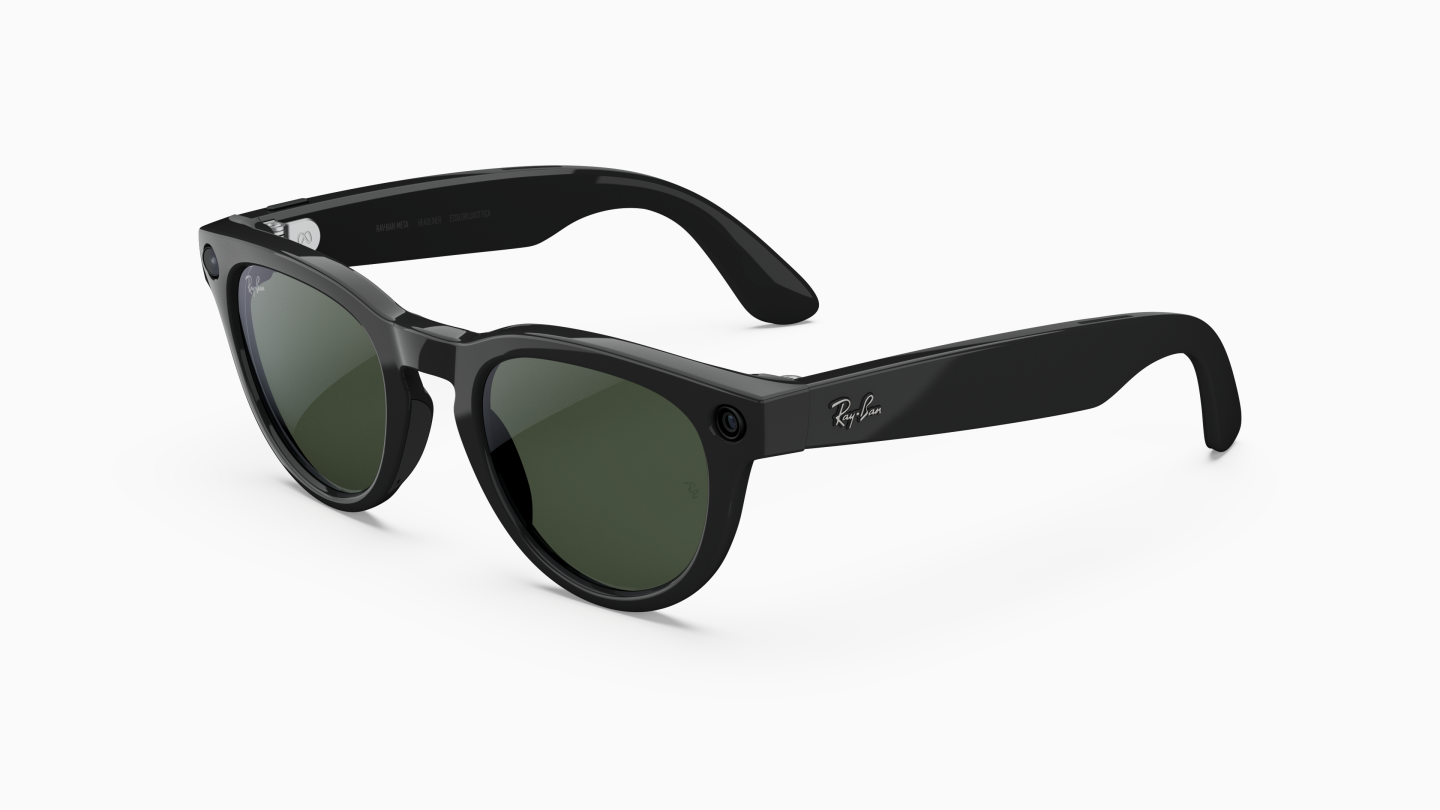
For athletes, Meta partnered with Oakley on the $499 Meta Vanguard, designed for high-intensity sports. With an IP67 durability rating, a wide-angle 12MP camera, and integrations with Garmin and Strava, the Vanguard targets cyclists, runners, and outdoor enthusiasts. It supports capture modes like slow-motion and hyperlapse, offers nine hours of battery life, and launches October 21 in four frame styles.
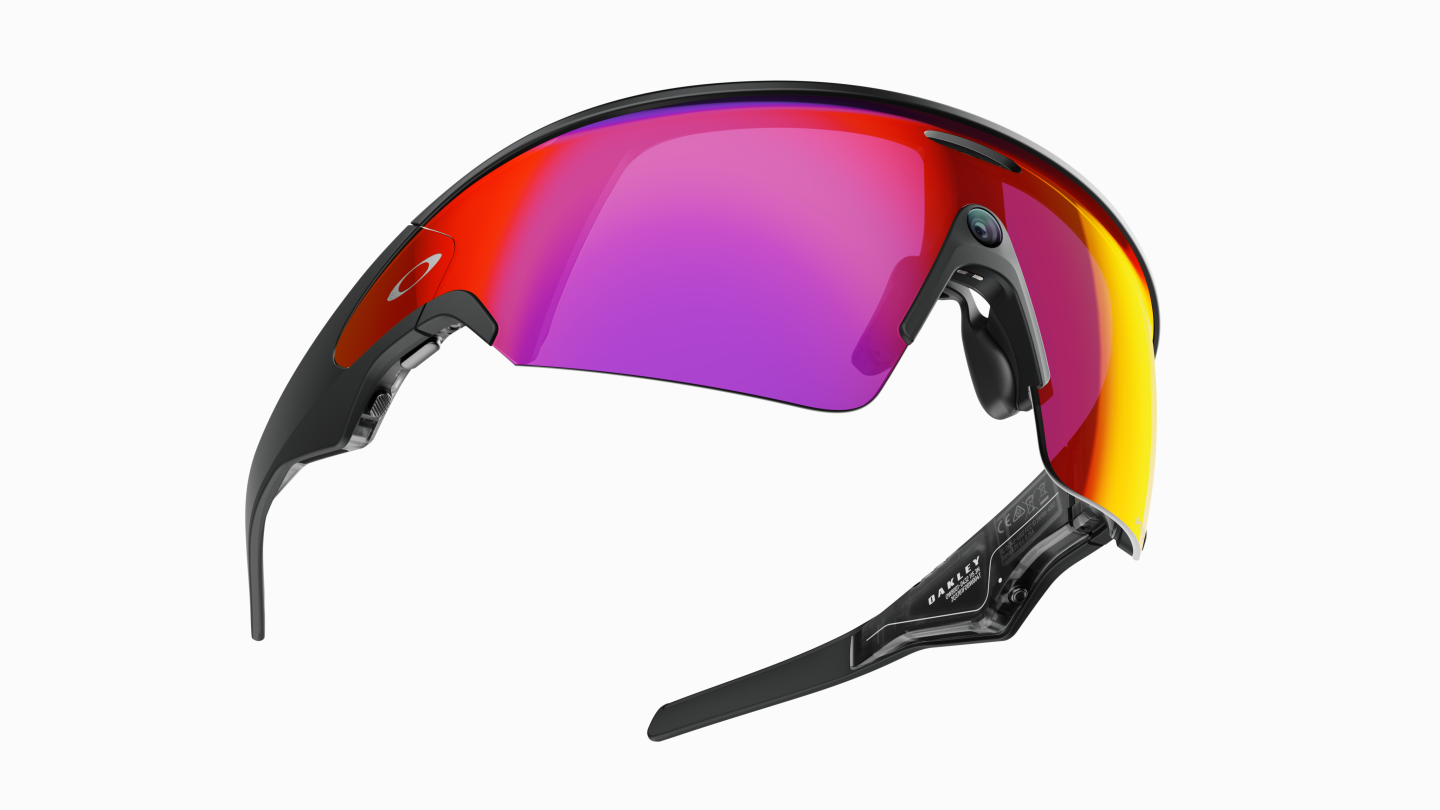
Beyond glasses, Meta expanded its VR ecosystem. A new Hyperscape feature for Quest 3 and 3S headsets lets users scan their real-world environment and transform it into a digital space. Quest headsets are also gaining a centralized Horizon TV hub, consolidating streaming apps such as YouTube, Twitch, and Prime Video, with Disney Plus, ESPN, and Hulu now joining the lineup. Dolby Atmos is supported at launch, with Dolby Vision promised later this year, along with special visual effects layered into certain films.

Underpinning all of this is an upgrade to the Horizon Engine, the company’s underlying graphics platform. Meta claims the engine will deliver faster performance, improved visuals, and the ability to host larger, more complex virtual spaces. Horizon Studio, its world-building tool, will also integrate an AI assistant to simplify the creation process by linking together existing generative tools.
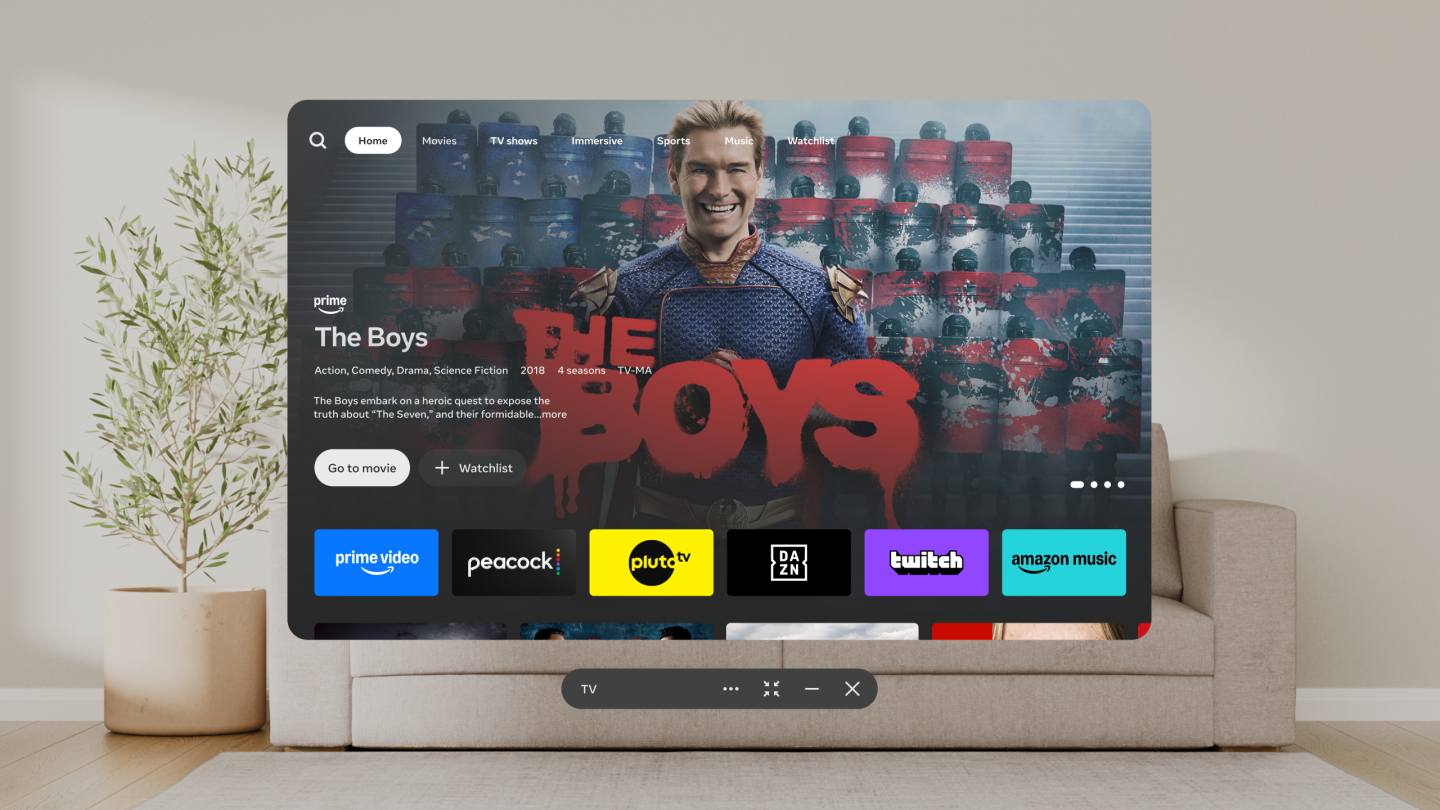
Taken together, the announcements reinforce Meta’s ambition to carve out a long-term role in wearables and virtual platforms. But with several devices carrying steep price tags and the company still struggling to prove everyday value for smart glasses, adoption will likely hinge on whether these tools feel practical outside the keynote stage.

